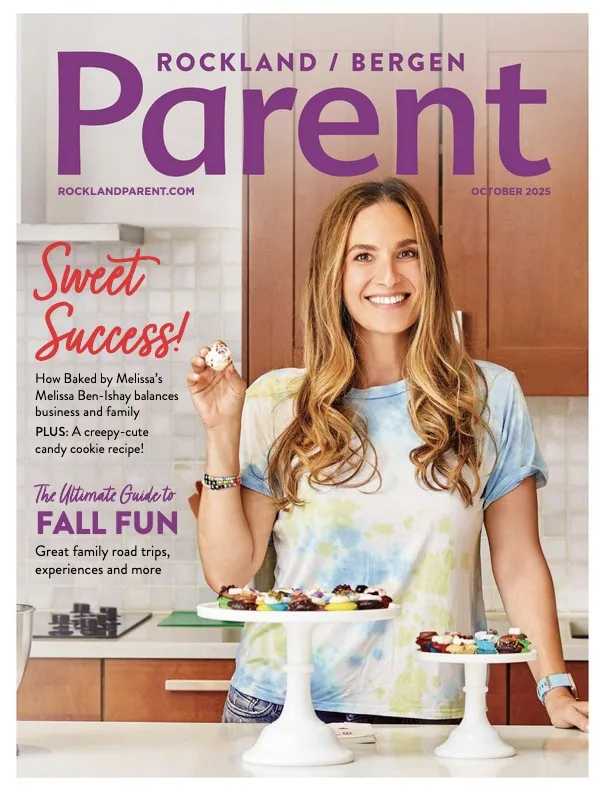In the confusion of first-time parenting, it is easy to forget that food is just food. We moms have been eating all of our lives, and this is just the beginning of our kids’ eating lives, and of our lives feeding our kids. Our goals have to be (1) our convenience, and (2) offering our children the very best nutritional, gustatory, and social start in life. As a mother of two and a natural foods chef, I have found that the best approach in home cooking for any age group is often the simplest approach.
The American Academy of Pediatrics and the World Health Organization recommend introducing your infant to solid foods at around six months of age, suggesting that formula and breast milk are no longer solely sufficient to fulfill your baby’s growing nutritional needs at this stage. Individual signs of readiness for solid foods include the ability to sit in a high chair or infant seat with good head control, an interest in solid foods, the ability to move food from a spoon into his throat, and general good health and size.
In the United States, the traditional first solid baby food is rice cereal, followed by pureed vegetables, fruits, legumes, grains, dairy products, and finally, fish and meat. These decisions are cultural. At other times and in other parts of the world, parents have started feeding infants with dairy or meat products, or casually offered tastes of their traditional cuisines during meal times in a natural, baby-led weaning process. Always listening to the advice of our pediatricians, and avoiding controversial and potentially dangerous foods, such as honey, raw and/or undercooked animal products, high-mercury fish, shellfish, gluten-filled grains, cow’s milk, soy products, high-nitrate vegetables, and fruit juices, offers us some guidelines, but we are often left with a confusing slew of jarred meals, baby food cookbooks, food mills, and the well-meaning advice of everyone around us. 
Health care experts, parents, and foodies agree that a diet based on unrefined, minimally processed foods, especially vegetables and fruits, offers the greatest variety in nutrition, taste, sight, smell, and health benefits. Food is supposed to be a social activity, bringing us closer to our loved ones around the dinner table. Experts have suggested that regular family meals have a positive effects on children’s development. As babies learn by example, the inclusion of baby at the dinner table provides an easy opportunity for baby to begin learning good eating habits, social skills, and family traditions.
The high-heat and high-pressure processing of a baby food jar of peas yields an entirely different product, with an entirely different color, texture, smell, and taste, than a portion of homemade, bright green, pureed peas, or a bag of frozen peas blanched while the baby was napping. While a jar of peas is bland, the homemade version is fresh, bright green, and generally more appetizing. Getting kids accustomed to the sensory experiences of real food early may save parents the trouble of dealing with picky eating and food aversions in older children.
We can simplify our approach to feeding our children by focusing on real food adjusted to appropriate consistencies and sizes. In an effort to include baby around the family dinner table as soon as possible, family meals can include items that are safe and nutritious for baby to eat. These include egg yolks, avocados, bananas, squash, sweet potatoes mashed with the back of a fork, and even lightly seasoned versions of the main meal cut or mashed into the appropriate sizes and consistencies for infants just learning how to swallow. As baby grows more accustomed to the sensory experience of food, baby can feed himself soft finger foods, such as scrambled eggs, pastas, and well-cooked and cut up vegetables.
Lisa Barrangou, PhD’s The Amazing Make-Ahead Baby Food Book coaches the modern mom how to “make three months of homemade purees in three hours.” Dr. Barrangou’s approach to making meals a convenient experience for mom is refreshing. Moms want to offer their babies the best, and Dr. Barrangou is part of a long line of baby food cookbook authors offering solutions to age-old questions surrounding feeding, mothering, and nurturing. Ruth Yaron’s Super Baby Food and Catherine McCord’s Weelicious offer similar solutions for making baby food nutritious and delicious for baby and convenient for mom.
Whether you choose to begin with rice cereal, sweet potatoes, or beef, the best approach to feeding baby with solid foods is one that recognizes that learning process for both caregiver and baby and the potential for the weaning process to be one of bonding. The first few meals will probably end up more on baby’s face, bib, hands, and any neighboring furniture than in baby’s mouth anyway, but these are priceless opportunities to play, learn, and laugh with baby.



























